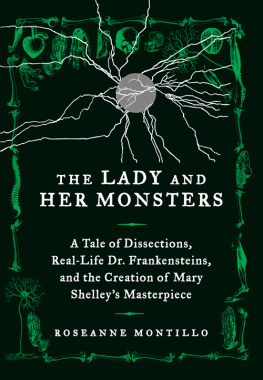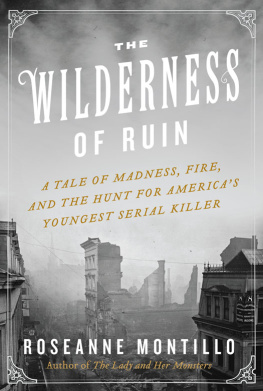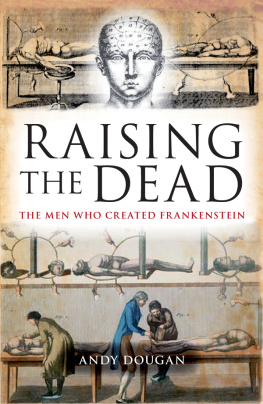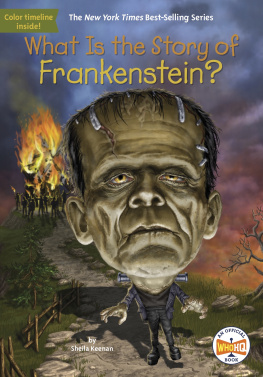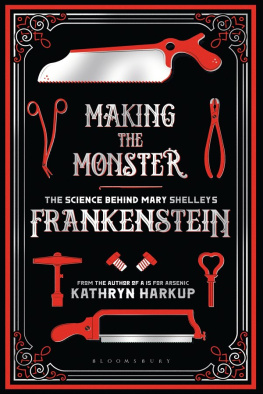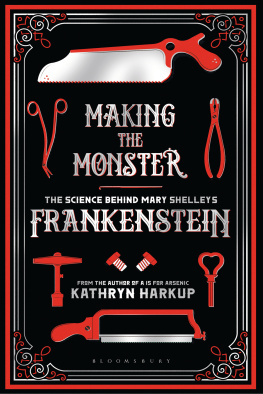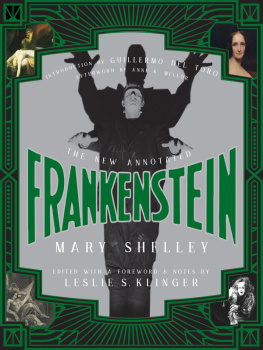For my mother, Celeste Montillo; my late father, Giovanni Montillo; and my sister, Francesca Montillo
Contents
For I am building in the human understanding a true model of the world, such as it is in fact, not such as a mans own reason would have it to be; a thing which cannot be done without a very diligent dissection and anatomy of the world.
F RANCIS B ACON,
T HE W ORKS OF S IR F RANCIS B ACON
C amillos footsteps echoed loudly as he crossed the empty cobblestone streets of Bologna toward his uncles house. The afternoon was hot, and the scorching heat, coupled with that lazy midafternoon spell between noon and evening, allowed him to go by virtually unnoticed.
Summer in the city often proved vicious, and Bologna, the capital city of the northern Italian region of Emilia-Romagna, was suffering beneath the punishing sun. Harsh sunlight fell onto the red rooftops, distressing those inhabitants who had sought relief beneath one of the citys many porticoes. The city had been built on the edge of Via Emilia, a military road constructed by the Romans in 187 B.C . This extended from Piacenza, at the northernmost end, all the way to the Adriatic Sea. To the south, the city was bracketed by the Apennines, mountains that were as capricious as they were majestic, and to the north by the fertile lands and deep planes of the Po Valley, used for agriculture, farming, and raising livestock, particularly pigs. This had allowed Bologna to garner one of its many nicknames: Bologna, la Grassa, Bologna the Fat.
But as Camillo made his way across Piazza Maggiore, his mind was not on pigs; rather, it was on frogs.
He had been eagerly waiting for this day, but this infernal heat had been going on for weeks. Earlier, when he poked his head out of a window, something unusual had occurred: he heard the boom of thunder as it broke somewhere in the lowlands, and recognized the rumbles as they slowly made their way toward the city. Looking upward, he had noticed that thick dark clouds were slowly covering the sky. He then left his house and headed for the home of his uncle, the famed Luigi Galvani, one of the most renowned physiologists and obstetricians in Bologna.
Galvani had also been waiting for storms. As of late, he had been delving into experiments that complemented the medical and surgical skills he practiced in the citys many hospitals. But for almost a decade now, he had also been studying the field of elettricit animale, animal electricity. As a doctor, the field of electricity in general interested him deeply, particularly as it related to the cure of paralysis.
This so-called cure had been shown to work before. The Bolognese physiologist Giuseppe Veratti had applied electricity to various diseases, including paralysis and arthritis. The positive results were then set down in a book published in 1748 that Galvani had most certainly read.
Late in the 1760s, Verattis experiments had also included the use of frogs and other small animals. Although those particular findings were never published, he gave demonstrations at the famed Academy of Sciences in Bologna in the years 1769 and 1770, where, at the time, Galvani was a member of and professor at the Institute of Sciences.
Galvanis choice of experimental animals also included frogs, what Hermann Helmholtz in 1845 called the martyrs of science. Thousands of these amphibians had been slaughtered in the company of Galvanis nephews, assistants, and wife, and eventually he arrived at one conclusion: there was a fluid inherent to all living creatures that ran from head to toe, and this could be manipulated with an outside apparatus, such as a metallic arc or a rod. This manipulation allowed the body to restore its inner activity, which in turn aided in the cure of paralysis and other diseases, restoring vitality.
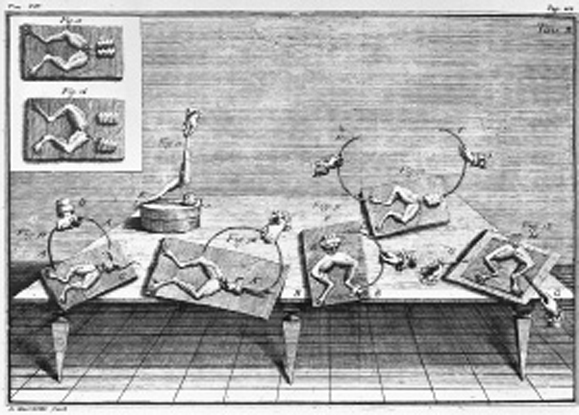
Lithograph from De virubus electricitatis in motu musculari commentarius, displaying the dissected frogs Luigi Galvani used in his experiments as well as the metallic arcs.
In time Galvani found that pharmacology also influenced the results. In a lecture he delivered at the Academy of Sciences, he spoke of the effects opiates had on animal electricity. According to his notes, he injected opium into the frogs abdominal cavities, stomachs, or cerebrums. While at first the frogs remained splayed and flaccid, they eventually revived and demonstrated a violent convulsion, either from a slight tremor of the surface upon which they were resting or from contact with some body. If he hacked off the frogs heads and pumped their bodies with opium, he got the same results.
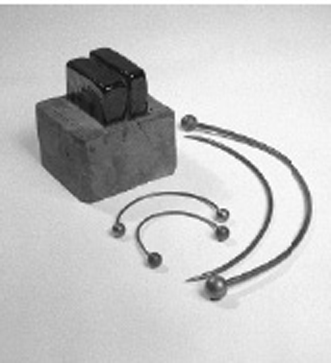
Apparatus formerly used by Luigi Galvani. Brass discharging arcs used to connect muscle and nerves.
But on that hot day, August 17, 1786, he wanted to prove a different theory, using a method that in part resembled Benjamin Franklins famous kite experiment: he wanted to see if he could elicit movements in the frogs legs by employing atmospheric phenomena.
Galvani, his wife, Lucia, and his two nephews, who also served as assistants, gathered atop the balcony, the highest point in his house. Galvani had ordered metal hooks hung on the iron railings, and now a prepared frog dangled from each. The prepared frogs, he said, should be cut transversally below their upper limbs, skinned and disemboweled... only their lower limbs are left joined together, containing just their long crural nerves. These are either left loose or free, or attached to the spinal cord, which is either left intact in its vertebral canal or carefully extracted from it and partly or wholly separated.
He gave the frogs the same close attention he gave all of his patients, employing the same expert surgical skills he had obtained at the hospital of Santa Maria Della Morte, Saint Mary of Death, and SantOrsola. The movements of his hands were fluid, sinuous, and virtually flawless.
Notebook in hand, Galvani took copious notes. Those who knew him were aware that he brought an almost religious fervor to his work. Of course, that was not a coincidence. In his childhood, he had wanted to devote his life to God, a life of obedience and order, going so far as to join the Oratorio dei Padri Filippini, a religious order. But, as the firstborn in the family, his father, Domenico Galvani, and his mother, Barbara, who followed protocol and sent him to university, had chosen his path. It was at the University of Bologna, in the Faculty of Arts, that he came to realize the possibility of finding spiritual solace in scientific work. The university had been founded around the end of the eleventh century and eventually became known all over the world as Alma Mater Studiorum for being the oldest university in the western world. It boasted scholars and researchers in many fields, from law to philosophy, but the study of medicine, particularly anatomy, eventually made it notorious.
Lucia was the daughter of one of the most famous anatomists in the city, Domenico Gusmano Galeazzi. Unlike most children, Lucia had grown up privy to her fathers experiments, which often involved mangled corpses being anatomized in a laboratory close to the family kitchen. During her youth, city officials had not precisely condoned anatomizations in private homes, though they had not discouraged them either.
They had pretended not to notice when the weather warmed that the rotten stench of decaying bodies trickled out, the sickening odor of putrid flesh mingling with the cooking smells of the city. Even then, officials assumed that anatomists were learning information that would be useful not only for their students, but for people at large. They were correct. Through one of those experiments, Galeazzi first detected the presence of iron in the blood and made even more discoveries regarding the bodys gastrointestinal system.

